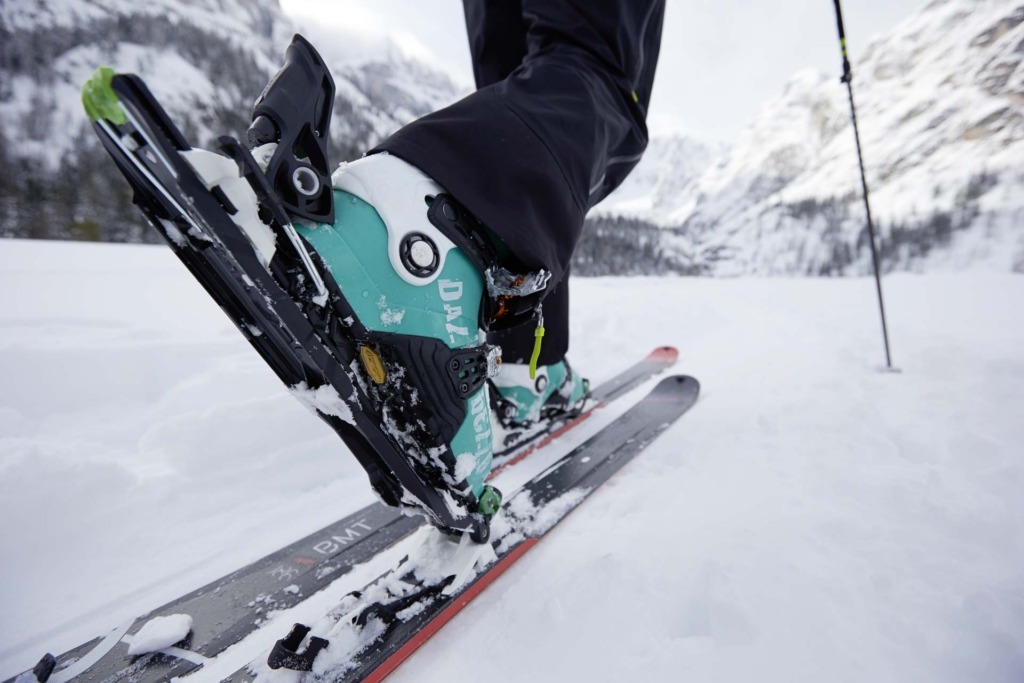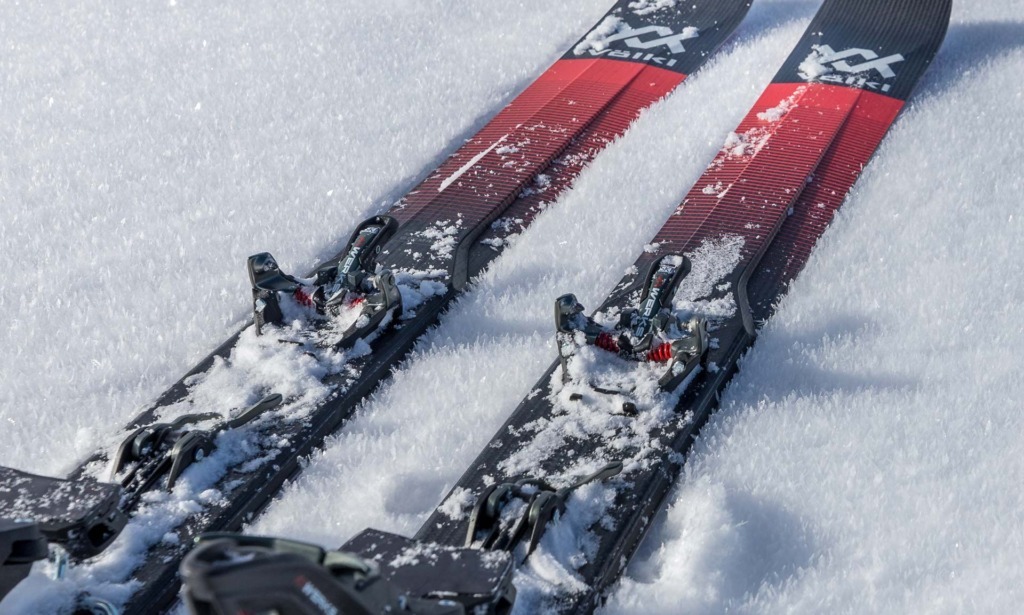Pin binding vs. frame binding – the differences
everything you always wanted to know about gear
how to
Touring Hacks with Pros: How to carry your skis
How to carry skis When ascending during a ski tour, you can encounter tricky sections where it is better to take off your touring skis and carry them on your …
Ski touring skins – tips for maintenance
Ski touring skins tips for maintenance Touring skins get wet or damp, so they must be hung up at room temperature and dried after each use. Ideally, a film is …
Are you well prepared?

